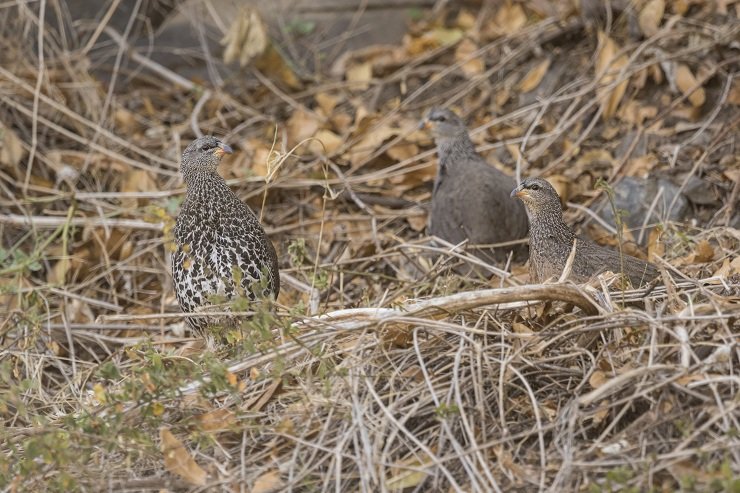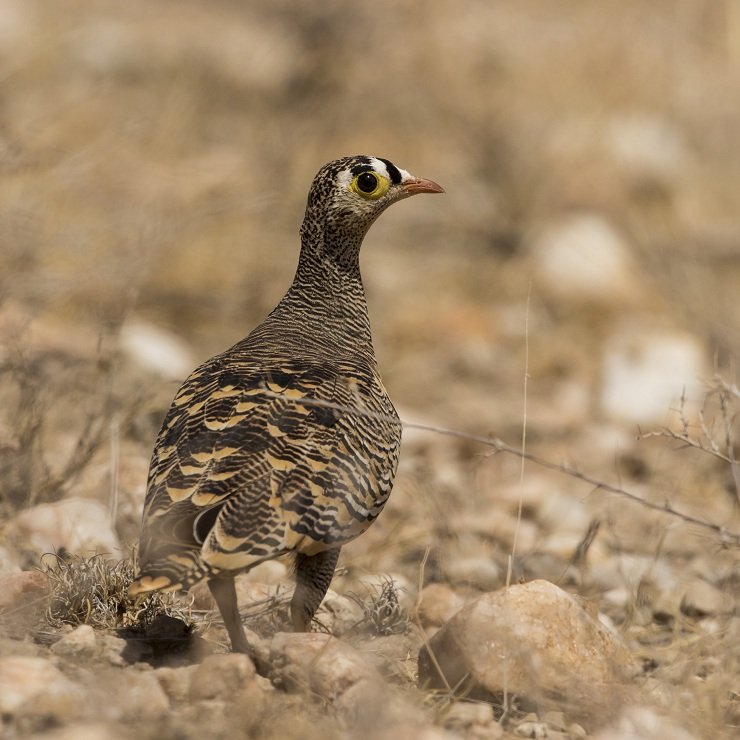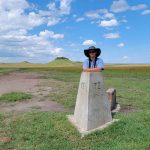
In my last piece dedicated to the tiny brown blobs we often ignore, I mentioned the trials and tribulations involved in whittling the selection down to suit a single post. It was only during the preparation of that post I truly realized how many images I had of these little brown birds! To follow on from that, I decided to include a few other often-overlooked birds from my travels to Kenya.
Hanging out with my friend Washington Wachira of Cisticola Tours Ltd – it was impossible to bypass any cisticola. We saw several species of this challenging family, after some time I managed to graduate with the ability to classify them as “streaked” or “unstreaked”. When it came down to the actual species, however, I left it to the expert! I have been studying my East African birds however, and can’t wait to return there as soon as is reasonably possible.

Rattling Cisticola
I learned that Stout Cisticolas often stick together in small groups. One of these groups was in a small acacia shrub, while a Coke’s Hartebeest grazed nearby and a Black-shouldered Kite perched on one of the top branches. I’m awaiting the numerous accolades from my fellow bird-nerds for still managing a shot of the cisticola in the midst of all that action!

Stout Cisticola

This Rufous Bush-chat reminded me of a vireo with those facial markings.

It took some generous eye-rubbing to get a look at and subsequently identify this Tawny-flanked Prinia.
Two other birds that I had to take second glances at were Yellow-breasted Apalis and Grey-backed Camaroptera. Both were similarly sized and shaped with grey heads and red eyes – and neither species was fond of remaining in the same place for longer than a couple seconds!

Yellow-breasted Apalis

Grey-backed Camaroptera (fondly referred to as Grey-backed Camera-operator throughout)
To not completely bore the reader, I’m including some other species which don’t truly belong to the LBJ category. Many larger species also go unnoticed, such as the Northern Anteater-Chat; a very interesting species that has a unique distribution in a narrow belt across the African continent.

Northern Anteater-Chat

Yellow-spotted Petronia or Yellow-spotted Bush-Sparrow depending on which text you’re using.

I was thrilled to see a Lesser Honeyguide – the relationship between honeyguides and humans dates back to early hominids, a whopping 1.9 million years ago!
Several larger, cryptic brown birds were also on the table. Although a Temminck’s Courser frustratingly disappeared before I could’ve gotten a view, we had several good looks at a few Heuglin’s Coursers.

Heuglin’s (Three-banded) Courser – the black tip of the bill in the foreground coincidentally coincided with the outline of the second bird!
I had contrasting luck with the only coucal of the trip. Some movement caught the eye in a bush some distance away and I instinctively fired a couple shots as a furtive White-browed Coucal melted into the vegetation.

White-browed Coucal
Judging from their size alone, sandgrouses and francolins should be easy to find – but their supreme camouflage has another opinion. Crested Francolins were relatively common in and among the dry scrub, while we only encountered a family group of gorgeous Hildebrandt’s Francolins once.

Crested Francolin

Hildebrandt’s Francolins

Famed for their water-carrying abilities, we were thrilled to see a Black-faced Sandgrouse flock in full flight. Usually seen on the ground, they fly with power and purpose. Males are the only ones to carry the namesake black face.

A fortuitous sighting by one of our group alerted us to the presence of a roadside Lichtenstein’s Sandgrouse.
I hope you have enjoyed viewing these underappreciated birds just as much as I have enjoyed photographing and writing about them. Surely, there is much more to see in the land of big game safaris!













I’m so glad I photographed my only Cisticola (so far) in Spain’s Cazalla Bird Observatory. That way the guy at the desk could tell me it was a Zitting Cisticola.
Such names!
Ha! Zitting, Rattling, Whistling – they’re a challenging family I would love to spend more time with!